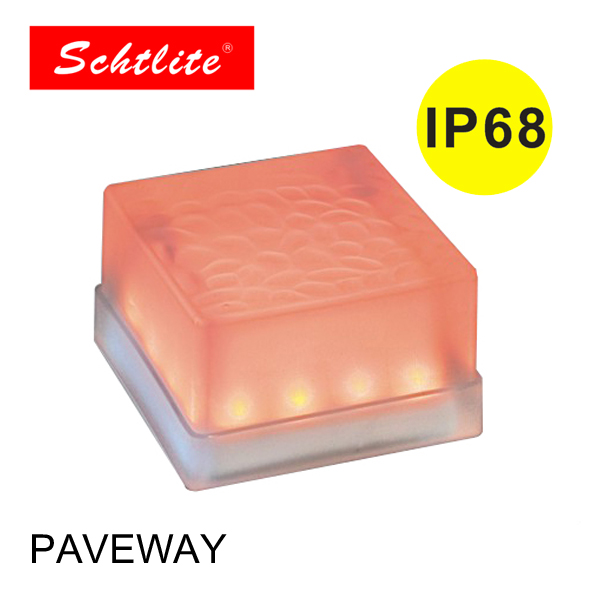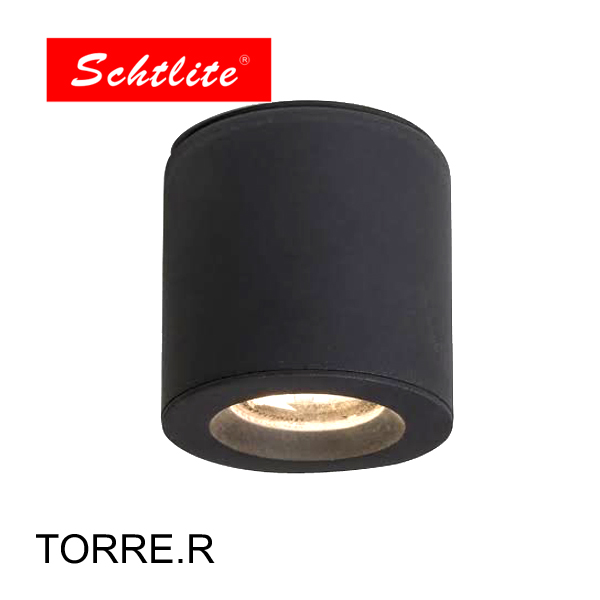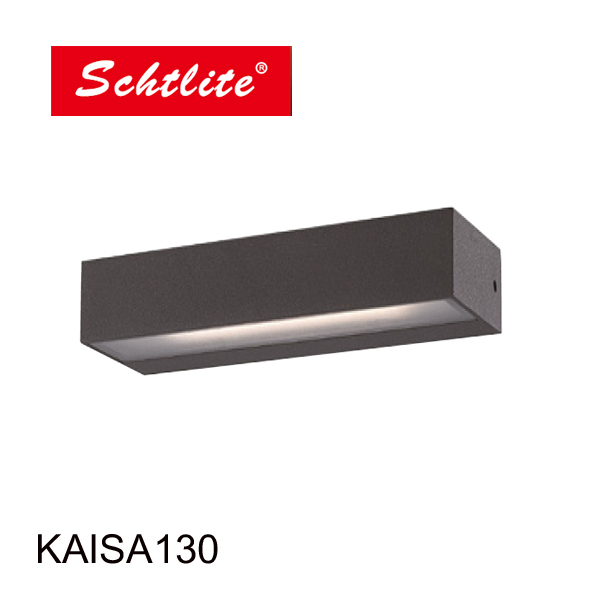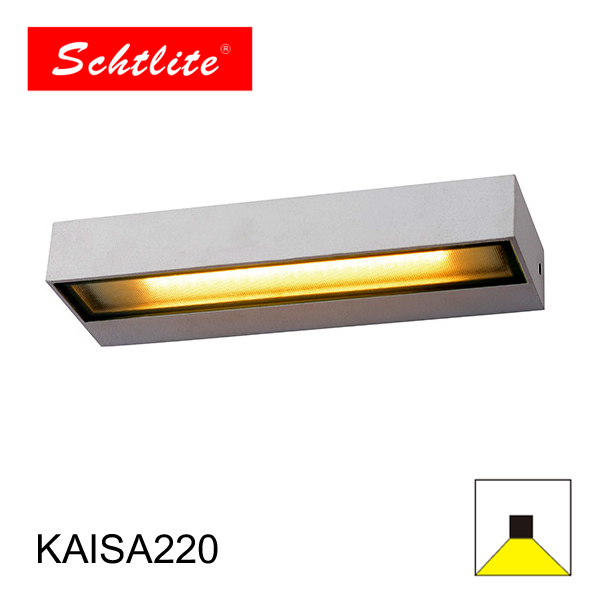1. Energy saving
Research data shows that because LED is a cold light source, semiconductor lighting itself does not pollute the environment. Compared with incandescent lamps and fluorescent lamps, the power saving efficiency can reach more than 90%. Under the same brightness, the power consumption is only 1/10 of the ordinary incandescent lamp and 1/2 of the fluorescent tube. If we use LED to replace 50% of our current traditional lighting, the electricity saved in our country every year is equivalent to the sum of the power generation of a Three Gorges Power Station, and its energy saving benefits are very considerable.
2. Healthy
LED is a green light source. The LED lamp is driven by DC, no stroboscopic; no infrared and ultraviolet components, no radiation pollution, high color rendering and strong luminous directionality; good dimming performance, no visual error when the color temperature changes; cold light source Low heat and safe to touch; these are out of reach of incandescent and fluorescent lamps. It can not only provide a comfortable lighting space, but also well meet the needs of people's physical health. It is a healthy light source that protects eyesight and is environmentally friendly.
Due to the low power and low brightness of a single LED at present, it is not suitable to be used alone. However, assembling multiple LEDs together to design a practical LED lighting fixture has broad application prospects. The lighting designer can determine the shape of the optical system, the number of LEDs and the power of the lighting according to the requirements of the lighting object and the luminous flux; it is also possible to combine several LED light-emitting tubes into a "secondary light source" of a point light source, a ring light source or a surface light source. Light source", design lamps and lanterns according to the combined "secondary light source".

3. Artistic
Light and color are the basic elements of visual aesthetics and an important means to beautify a room. The selection of light source directly affects the artistic effect of lighting. LED has shown unparalleled advantages in the art of light color display lamps. At present, color LED products have covered the entire visible spectrum range, and have good monochromaticity, high color purity, red and green. The combination of , yellow LED makes the choice of color and grayscale (16.7 million colors) more flexible. Lamps are luminous sculptures, and the material form of lamps constructed by materials, structures, shapes and textures is also an important means of displaying art. LED technology makes room lamps combine science and artistry better, breaking the borders of traditional lamps and lanterns, and surpassing the inherent concept of so-called lamps and lanterns. The design of lamps and lanterns is based on the artistic creative expression of visual perception and form. A whole new perspective to recognize, understand and express the subject of light. We can more flexibly use the combination of light and dark, the combination of light and color, the advantages of material and structural design in optical technology, and improve the degree of freedom of design to weaken the lighting function of lamps and lanterns, making lamps and lanterns a kind of visual art, creating comfortable and beautiful light art effects. For example, LED lamps made of translucent synthetic materials and aluminum that are similar to candles can be placed on the ground, corners or tables at will. The concept is simple and relaxed. The visual experience and light experience conveyed by the form make the lamps full of fun and vitality. the living body.
4. Humanization
There is no doubt that the relationship between light and people is an eternal topic. "People see the light, I see the light." It is this classic saying that has changed the understanding of countless designers about lights. The highest state of lamps and lanterns is "shadowless lamp", which is also the highest embodiment of humanized lighting. There are no traces of common lamps in the room, so that people can feel the light but cannot find the light source, reflecting the humanized design that perfectly combines light and human life. .
LED lamps are small in size and light in weight. LEDs of different light colors can be combined into various modules with soft illumination, which can be installed in the room at will. The light source of the room lighting may come from the ground, walls, windowsills, furniture, accessories, etc. Therefore, the future room lighting will no longer be limited to a single lamp, but will be transformed from a single lamp to a shadowless lamp with an overall lighting effect without the sense of a lighting appliance. Different light colors and brightness can have different effects on human physiology and psychology. In many cases, people do not need very bright white light. Maybe yellow light or other colors of light are more suitable for physiological and psychological needs. The three-primary color LED can realize the continuous transformation and selection of brightness, grayscale and color, so that the illumination can be expanded from white light in the general sense to light of various colors.







